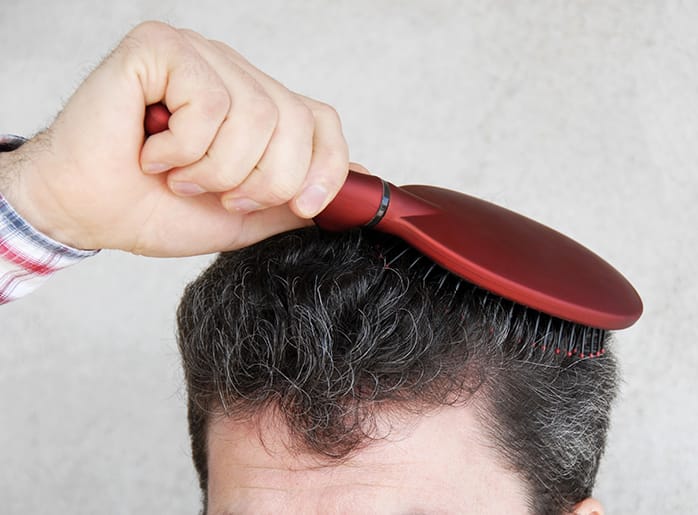
by Paul J. McAndrews | Dec 9, 2025 | Uncategorized
Topical Clascoterone has been making the news lately as potentially being a first-in-class medication for the treatment of androgenetic alopecia. First-in-class means it uses a different mechanism of action than the other FDA-approved hair loss treatment options. If...

by Paul J. McAndrews | Nov 25, 2025 | Uncategorized
The short answer is yes, it works, and you can achieve excellent results. But you have to find a good surgeon who can assess if a hair transplant is a good option for you and is formally trained in the science and art of a hair transplant. Now, there are a few more...
by Paul J. McAndrews | Nov 23, 2025 | Uncategorized
You hear many hair clinics state the ideal age to have a hair transplant is typically between 30 and 50, but this is not necessarily accurate. The most important factor in determining if a patient is a good hair transplant candidate is “are they realistic about what...

by Paul J. McAndrews | Nov 10, 2025 | Uncategorized
Hair loss is a symptom, not a diagnosis, so it’s of utmost importance to be examined by a dermatologist to determine your specific diagnosis for your hair loss. The medical treatments for the different forms of hair loss are drastically different. This article...
by Paul J. McAndrews | Nov 3, 2025 | Uncategorized
Recent headlines have claimed that scientists in Taiwan have developed a breakthrough serum capable of regrowing hair in just 20 days. The study, conducted by researchers at National Taiwan University, involved applying a topical formula containing specific...
by Paul J. McAndrews | Oct 17, 2025 | Uncategorized
Four Main Steps in Both FUE & FUT There are 4 main steps to both the FUE & FUT hair transplant process: 1. Excision of the Donor Tissue The excision of the donor tissue from the hair bank, where the good genetic hair around the sides and back of the scalp is...




